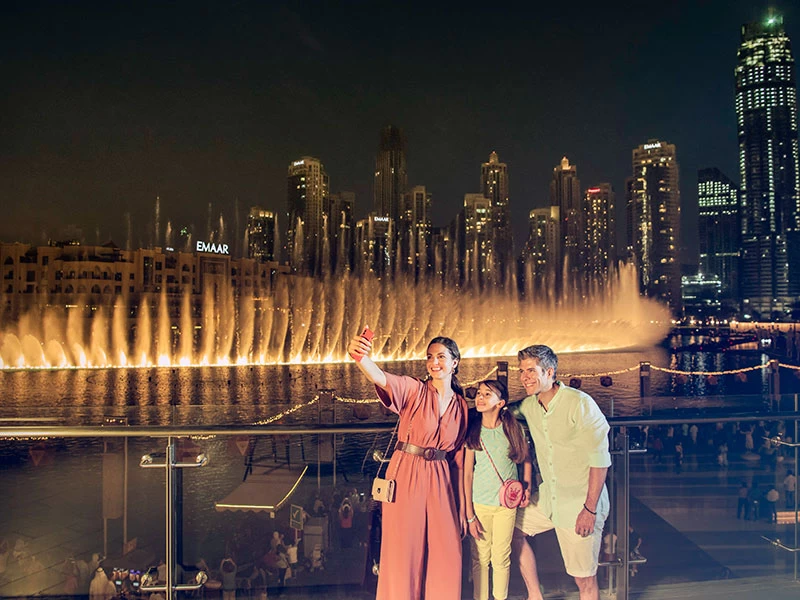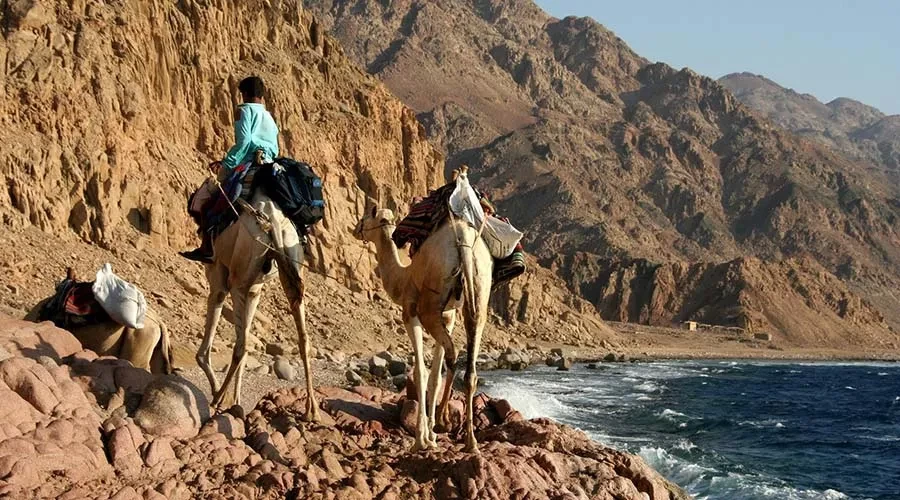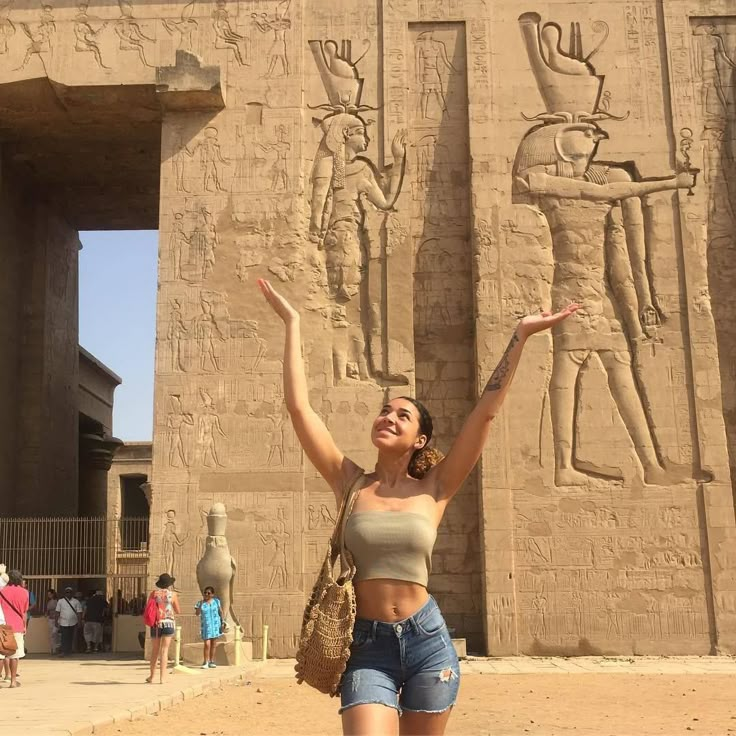Mummification Museum Luxor
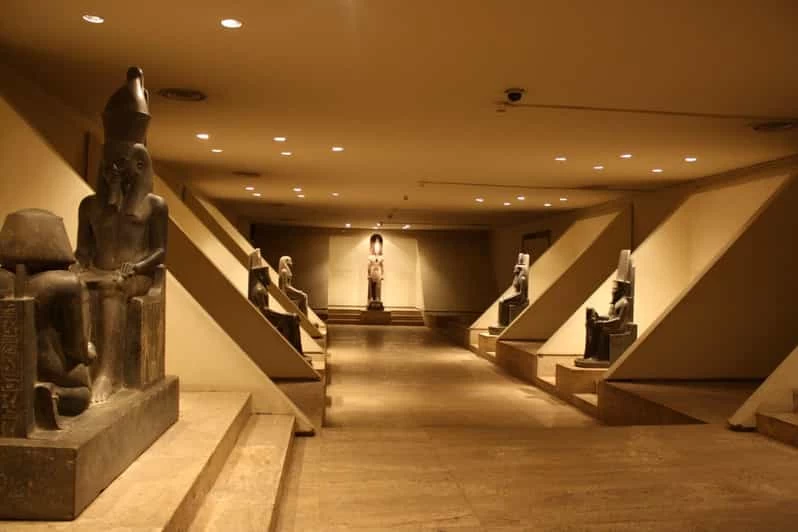
Discover the Secrets of Ancient Egyptian Mummification
Egypt is a land of innumerable mysteries, and mummification is one such field of fascination for most. Anyone determined to look for unusual things to do in Luxor must consider the Mummification Museum visit an experience in itself. The Mummification Museum is a very important stop on almost every Luxor day tour and Luxor excursion, and tries to give the visitor an understanding of the process of mummification in ancient Egypt. It shows how the preparations for the afterlife were done painstakingly for both men and animals, giving deep insights into one of the most popular practices in Egypt.
Location of the Mummification Museum
The Mummification Museum, located on the Nile's eastern bank in Luxor, is one of the most historic locations for anybody interested in mixing their day trip to Luxor with some culture. The museum exhibits authentic mummies, mummification tools, and religious artifacts, encapsulating everyone's interest in a Luxor adventure tour.
Facts About The Mummification Museum in Luxor
Mummification Museum is a must-see for any traveler engaged in any Luxor day tour. The museum offers the visitor a thorough explanation as to how the ancient Egyptians practiced mummification and their views on life after death.
Some of the basic attributes that enrich the status of this museum as an ultimate destination in Luxor include:
A Museum Dedicated to the History of Mummification
Unlike other museums, the Mummification Museum in Luxor focuses entirely on the art and science of mummification. It narrates in detail how embalming practices changed in varying cultural phases of Egypt, with both religious and scientific considerations.
Established in 1997
Since 1997, the Mummification Museum has been patronized by many eager visitors wishing to trace the course of embalming techniques practiced thousands of years ago. On display are exhibits of mummified human and animal bodies, together with religious rites for safeguarding the corpse after death.
Prime Location Near Luxor Temple
Its proximity to the Luxor Temple makes this museum an excellent choice to visit while on Luxor excursions or a day trip to Luxor, enabling tourists to visit several historic landmarks seamlessly in one itinerary.
A Collection of Mummified Animals
The ancient Egyptians mummified animals due to their religious prestige, and here this museum boasts a splendid collection of animal mummies, including sacred ones of cats, crocodiles, and fish, opening a window to their religious culture.
A Rare, Fully Preserved Mummy
One of the more unforgettable exhibits at the museum is a fully preserved mummy of a High Priest, which reflects the extraordinary ability and creative dexterity of the ancient Egyptian embalmers. This rare artifact draws the attention of visitors and is a living testimony to the well-developed techniques of mummification.
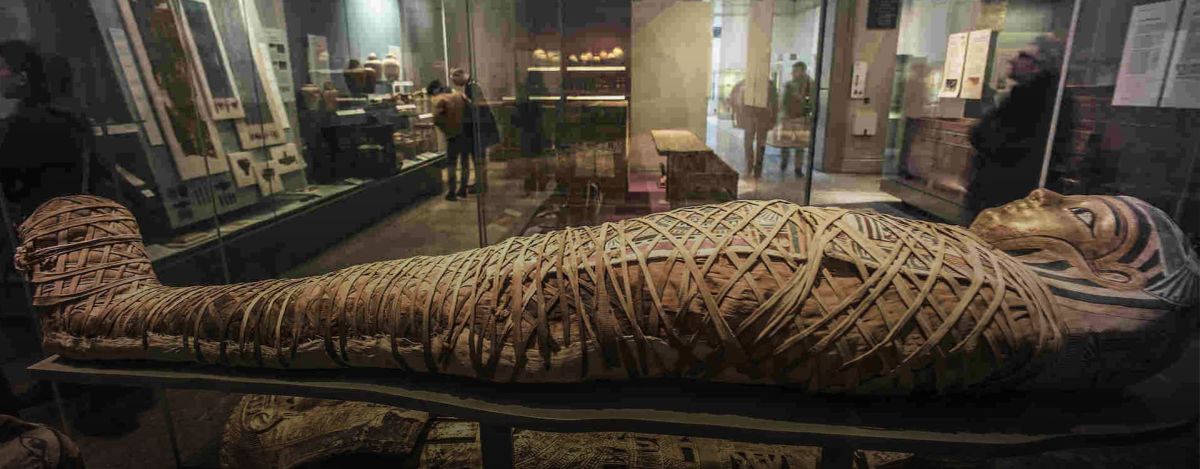
How Ancient Egyptians Perfected Mummification
On any given Luxor day tour or day trip to Luxor, the fascinating art of mummification is given a good walkthrough. This meticulous art of embalming was carried out to retain the body for the afterlife, as a result of which the deceased were supposed to enjoy eternal health and vitality in the other world. The process through which they achieved this feat is given below:
Purification of the Body:
Immediately after death, the body must have been washed with Nile water and palm wine for the ritual to prepare the dead to be pleasing to heaven.
Removal of Internal Organs:
The brain was pulled out through the nose using metallic hooks. The most important internal organs of the body, viz, the stomach, intestines, liver, and lungs, were removed and kept in canopic jars, each protected by a different god.
Drying of the Body with Natron Salt:
Bodies were laid with natron salt, a naturally occurring desiccant. After around 40 days, the bodies dried up and got mummified.
Wrapping the Body in Linen:
After drying, the skin was sealed with resins and oils and wrapped in linen bandages with great care. Some mummies would have gold masks laid onto their faces for protection.
Burial and Final Rites:
Priests performed the ritual of Opening of the Mouth, a ceremony to restore the deceased's faculties to eat and speak in the afterlife. The mummy was then placed in a richly decorated sarcophagus between treasures, food, and amulets for protection.
Must-See Artifacts at the Mummification Museum in Luxor
For those trying for some unusual things to do in Luxor or who want to combine it with their Luxor adventure tour, the Mummification Museum embodies an endless display of ancient embalming artifacts:
The mummy of the high priest Masaharta, dating back to around the 21st century BCE, is one of the highlights of the museum. This extraordinarily well-preserved corpse enabled scientists and outsiders to look at the embalming techniques first-hand.
The museum harbors a handsome collection of exquisitely decorated canopic jars, which are used to store internal body parts while mummification is going on. The lids of these jars are carved with the figures of the four sons of Amun, who were regarded as divine protectors.
Visitors will also be able to see genuine bronze implements employed by the ancient embalming priests in the dissection and preparation of bodies, gestures to the high degree of precision and faculty demanded by that art.
This collection has mummified animals, including cats, baboons, crocodiles, and fish, which Australians consider reminders of the Egyptians' spiritual respect for sacred animals that were buried with humans or given to gods.
Furthermore, visitors can observe a few papyrus scrolls bearing selections from the Book of the Dead, a compilation of religious texts thought to guide and protect souls during their journey to the afterlife.

Why Visit the Mummification Museum on Your Luxor Tour?
In what is probably one of the most underrated and enriching experiences of your day trip through Luxor, the Mummification Museum invites you to find out more about the ancient and strange art of Egyptian mummification. Unlike many of the other historical stops that most Luxor excursions include, this museum showcases the medical, scientific, and religious aspects of mummification, as practiced for centuries by the ancient Egyptians.
While the famous or iconic sites of the Valley of the Kings, the Temple of Karnak, and the Temple of Luxor get hoards of visitors, the Mummification Museum provides that sort of sublime setting much needed in any tour of Luxor. Here, one can ponder over the sacred ceremonies, spiritual symbolism, and forbidden funerary methods that aid one in preparing souls for the afterlife. The Mummification Museum thus becomes a competitor for many other attractions in Luxor that tend to appeal to those visitors interested in a deeper cultural digestion.
Among the museum highlights are rare exhibits with limited public viewing, such as original embalming tools, canopic jars beautifully decorated with intricate inscriptions, and a few genuine mummies of both humans and animals. Unlike the country's biggest museums, which are often bustling with activity, the museum's tranquil ambiance gives you an opportunity to linger at exhibits for a longer time and is, hence, a favorite for those on a more thoughtful or scholarly Luxor tour.
Finding the Mummification Museum is an easy way to combine your tour with the other main landmarks. The site is close to Luxor Temple and the magnificent Nile Corniche, permitting it to work alongside most Luxor day tours. In this way, the Mummification Museum prevents tourists from wasting time traveling from one historical site to another and gaining less from the actual experience.
For an archaeology buff and ancient history lovers, this museum is a real treat. It unfolds a deep dimension of one of the most obscure and riveting practices of ancient Egypt. Whether you're a casual traveler or a dedicated historian, the Mummification Museum offers a memorable journey into Egypt's sacred mysteries and would be an important part of any itinerary that includes the Temple of Hatshepsut or other popular sites.
Exploring the Mysteries of Ancient Egyptian Funerary Practices
Ancient Egyptian funerary rites were much more than ceremonies-they were the sustaining force behind the belief system that approved an individual's journey into the afterlife. Mummification was not about keeping corpses intact but about affording the soul an opportunity to carry on in the far realm.
Visitors to the Mummification Museum in Luxor discover these traditions, employing the religious role of priests and the practical expertise of embalmers of old. Contained within are tools, canopic jars, and natron salt-all of which figure in the process of preservation. They symbolize not only scientific advancements but also the profound cultural and spiritual values imbued at each stage of mummification. For those searching for genuine things to do in Luxor, this comprehensive experience provides a clearer impression of how life, death, and eternity were linked together in the ancient Egyptian world.

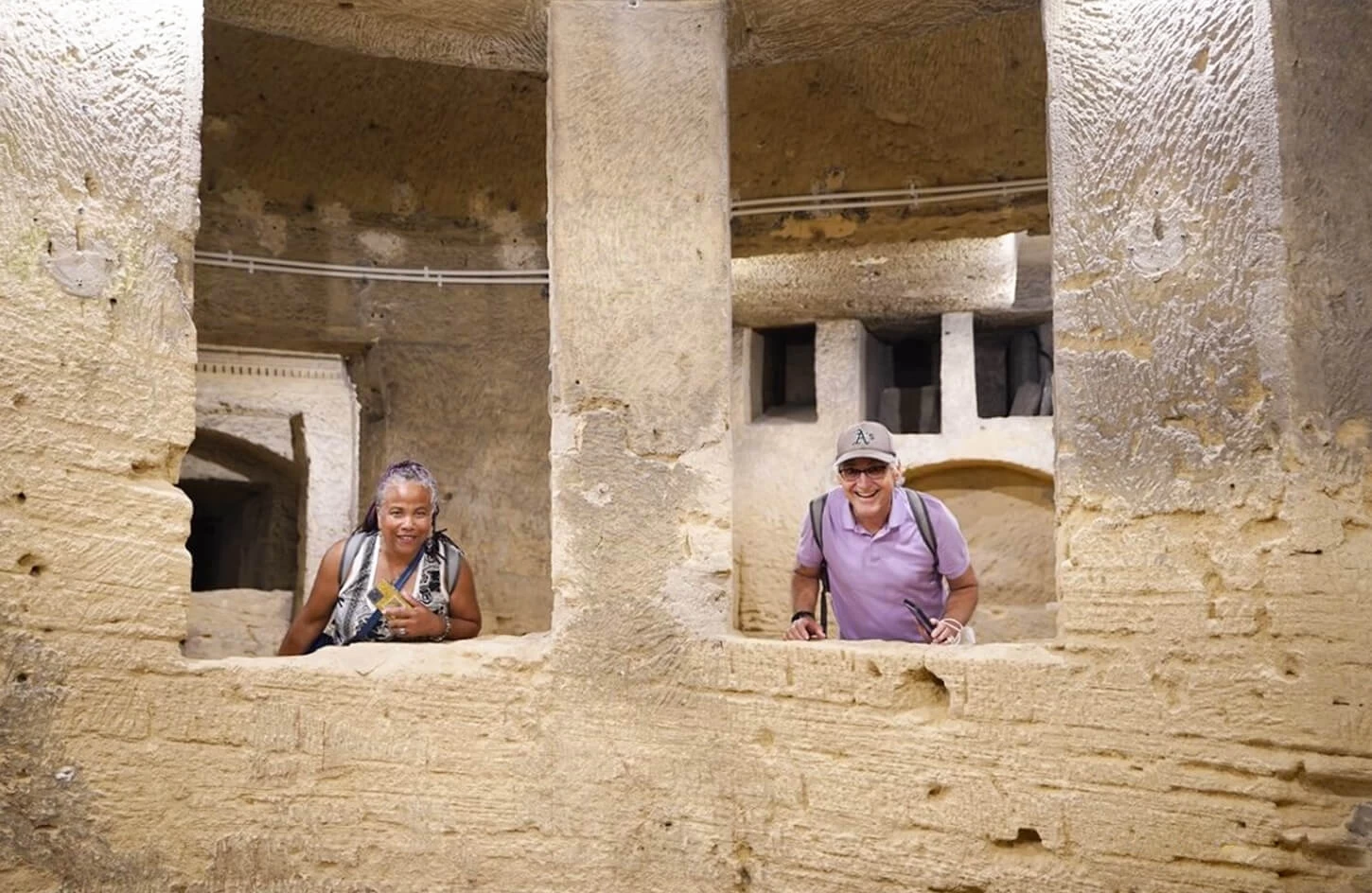
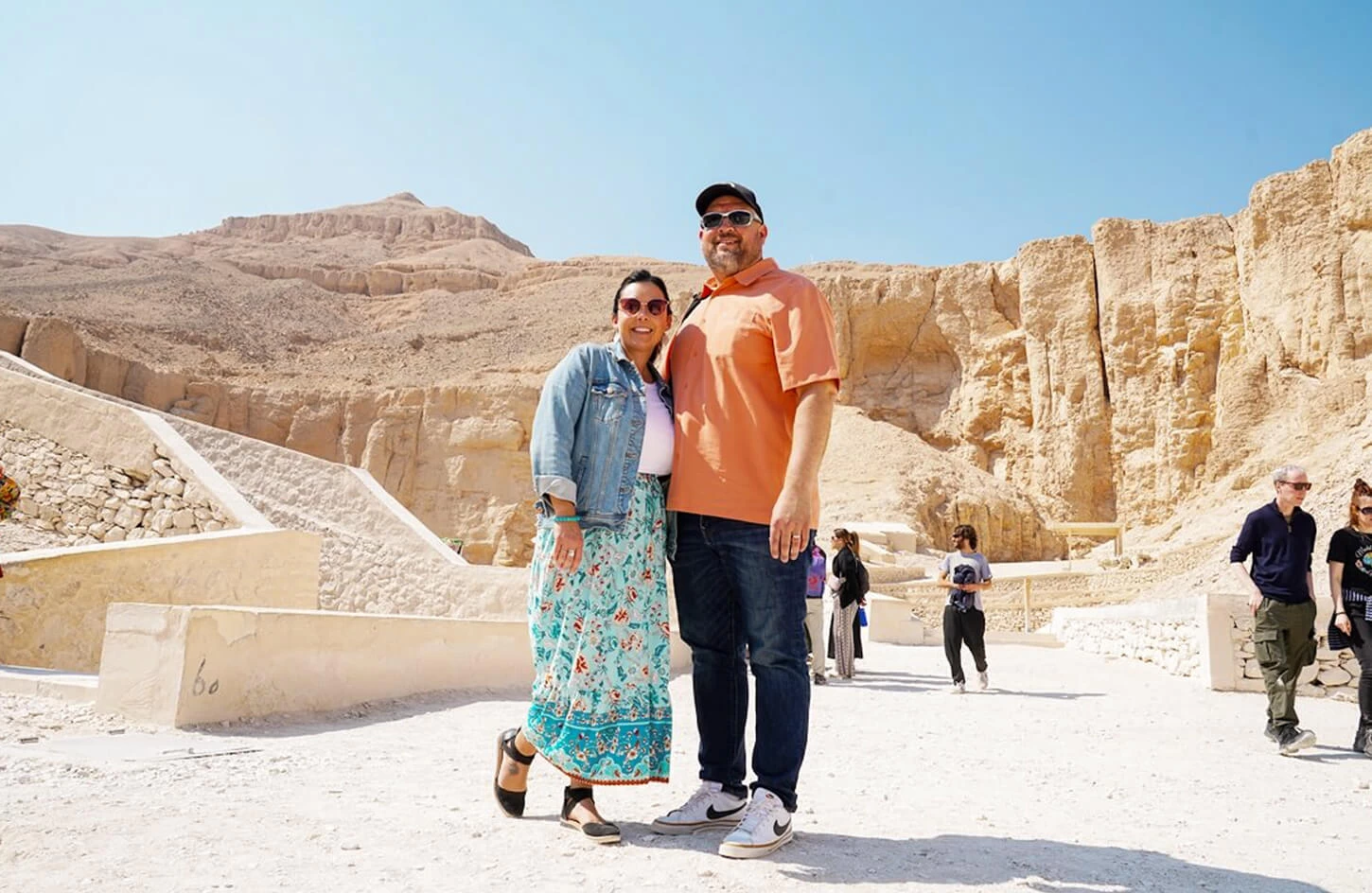

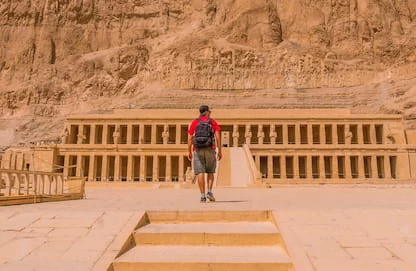

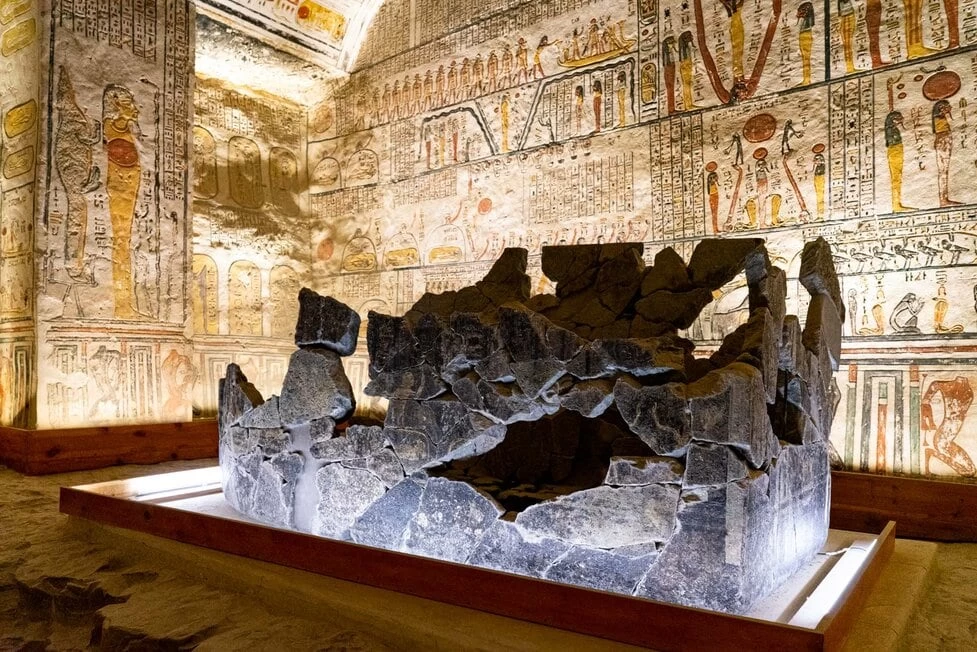


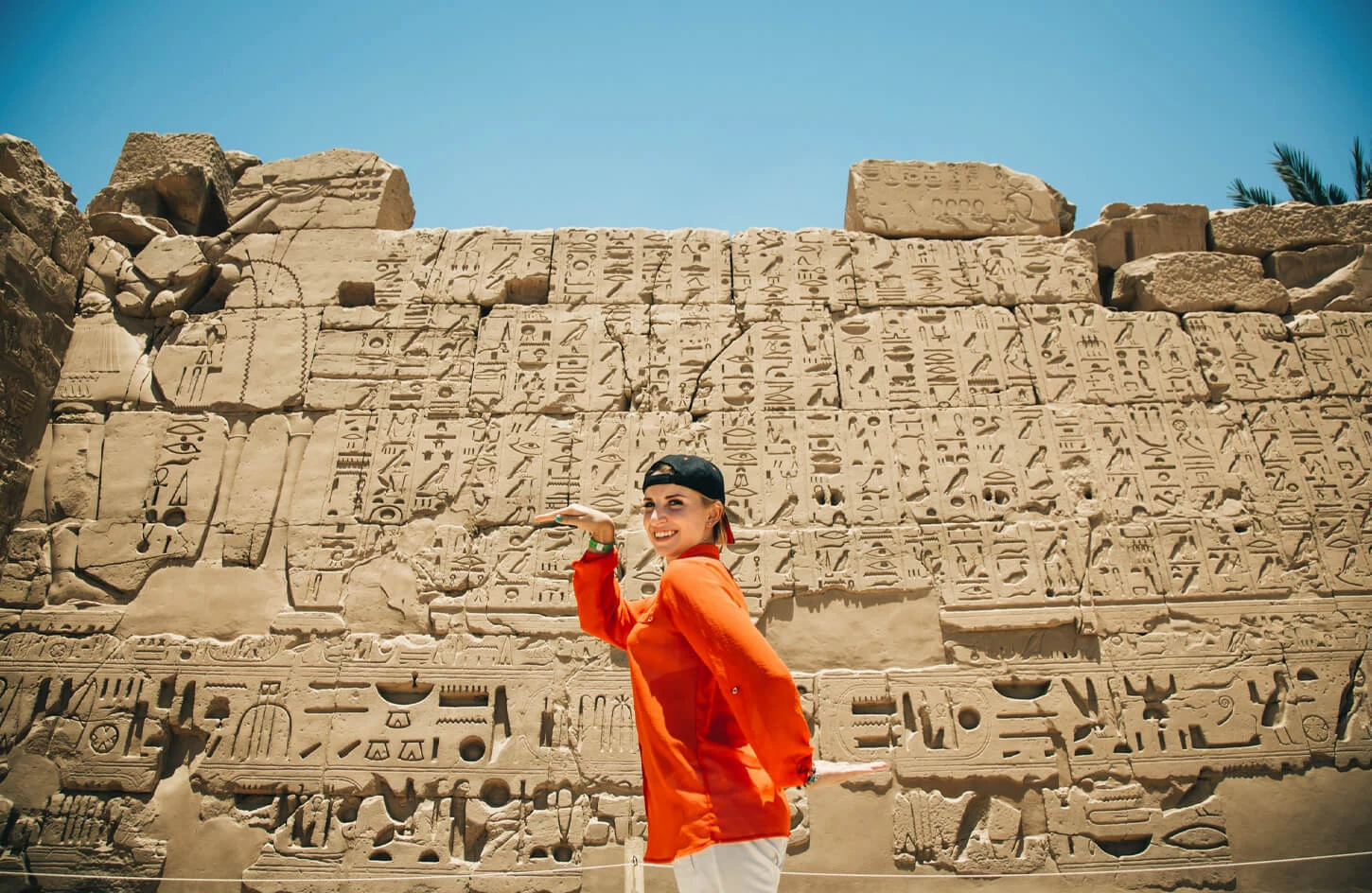

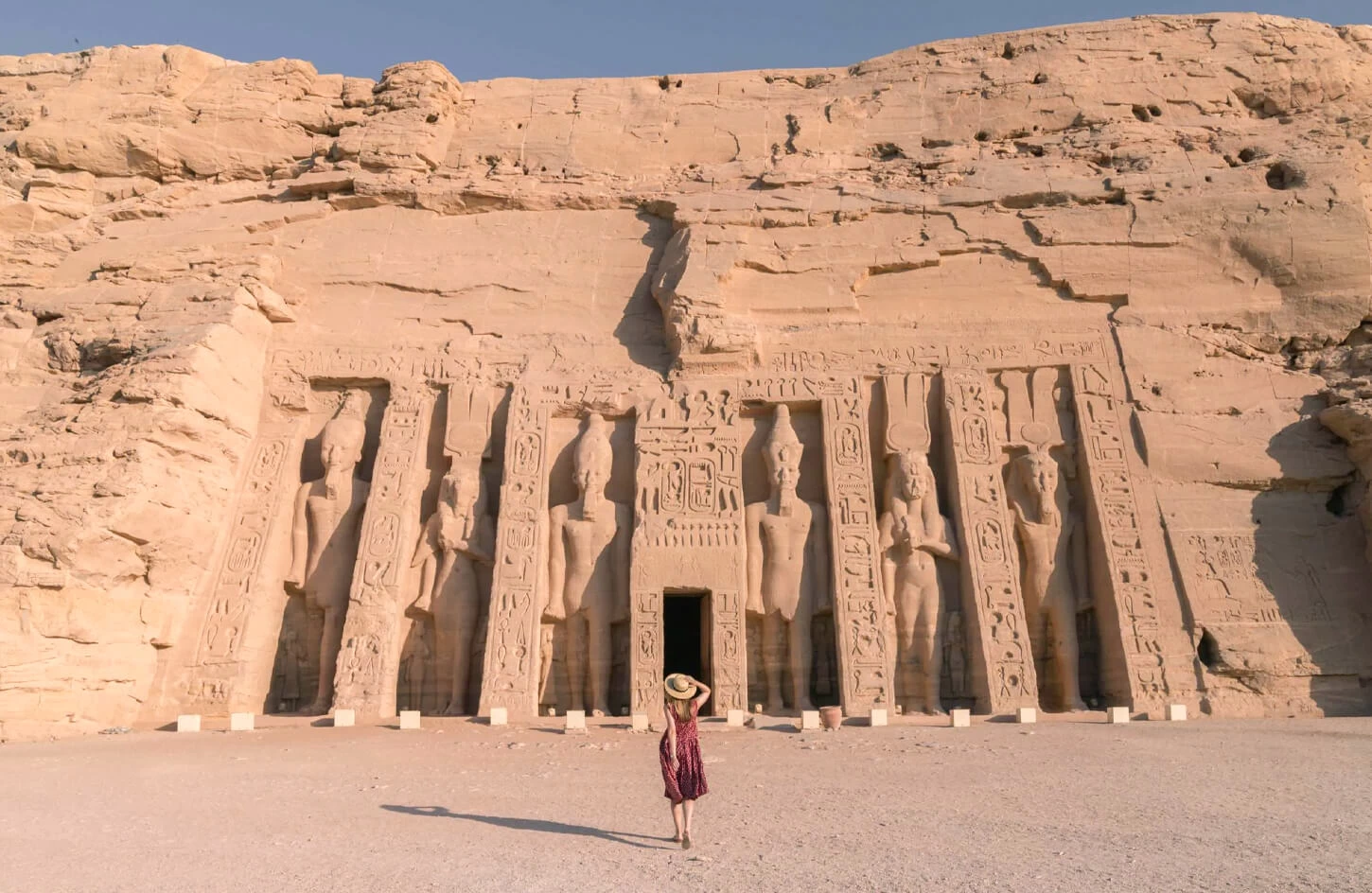
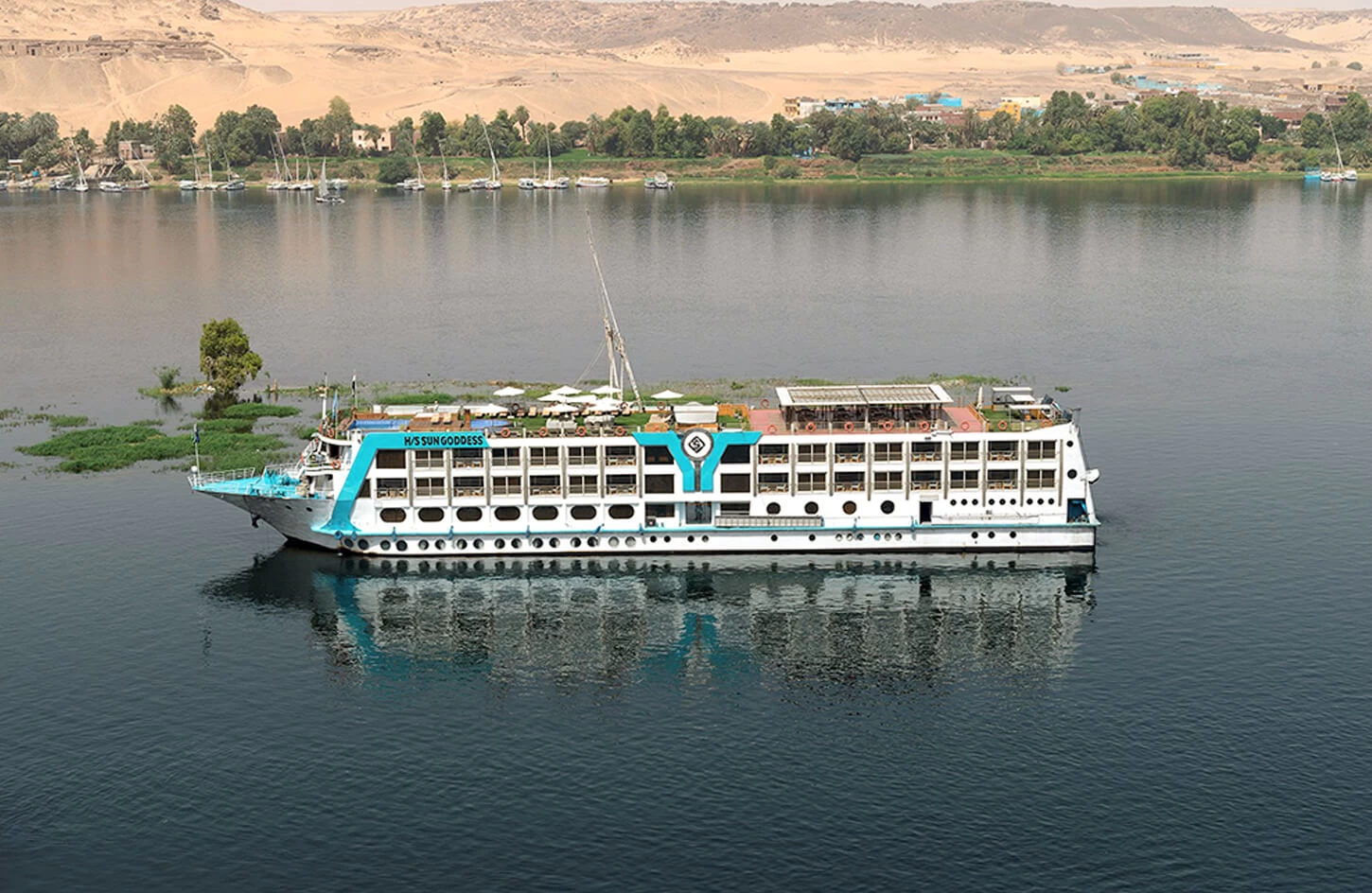
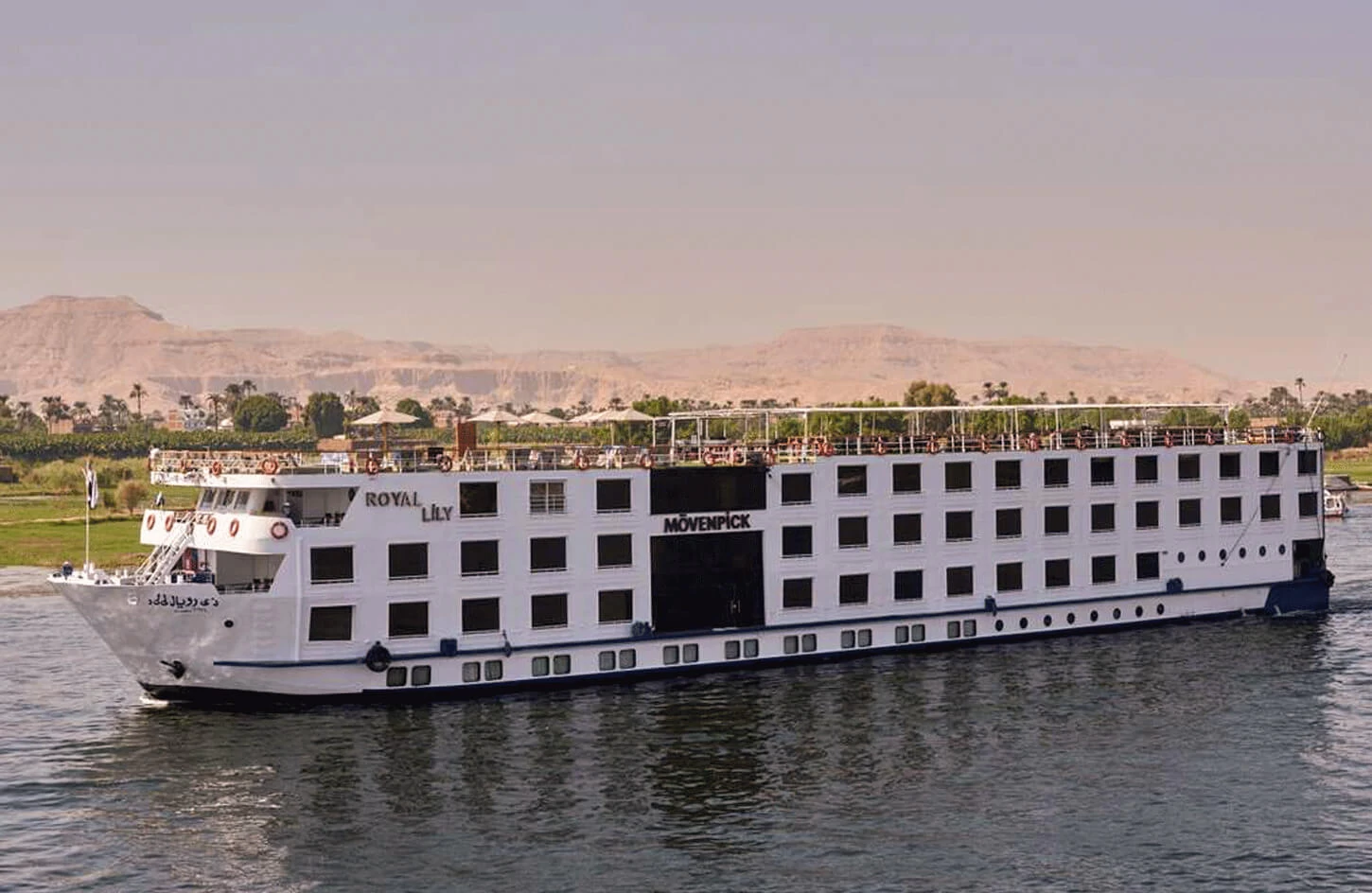

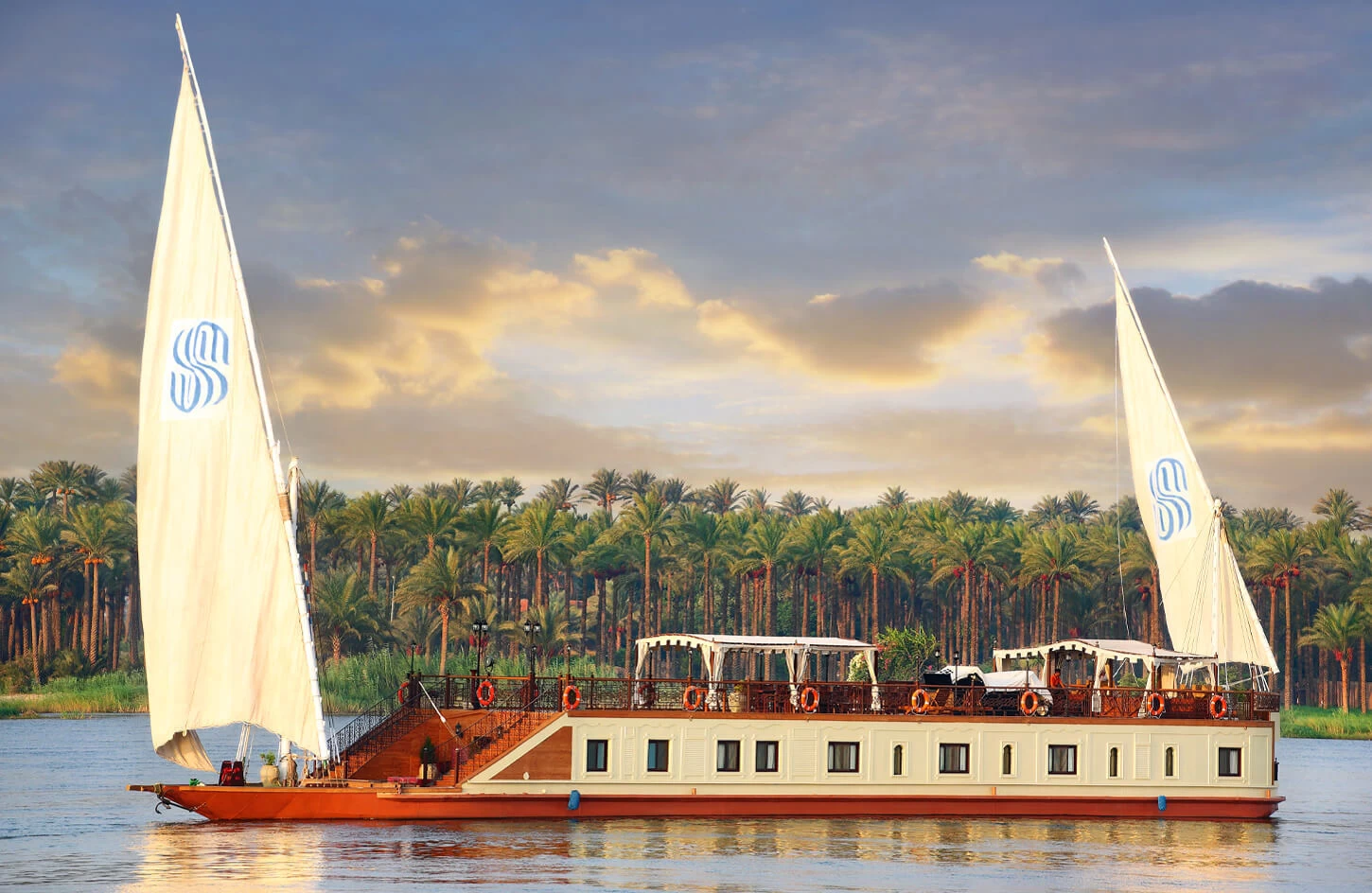


-webp.webp)


